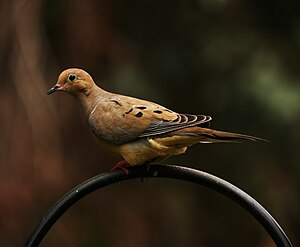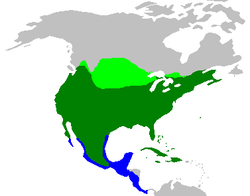• mourning dove ecosystem
• mourning dove size
• mourning dove eggs
• mourning dove adaptations
• mourning dove body parts purpose
• mourning dove shelter
• mourning dove traveling
• mourning dove diet
• mourning dove adaptation
• mourning dove in winter
Not Finding Your Answer?
Post It On KidzTalk Homework Help
Post It On KidzTalk Homework Help
Report a search problem
mobile version
Copyright 2005-2024 KidzSearch.com




